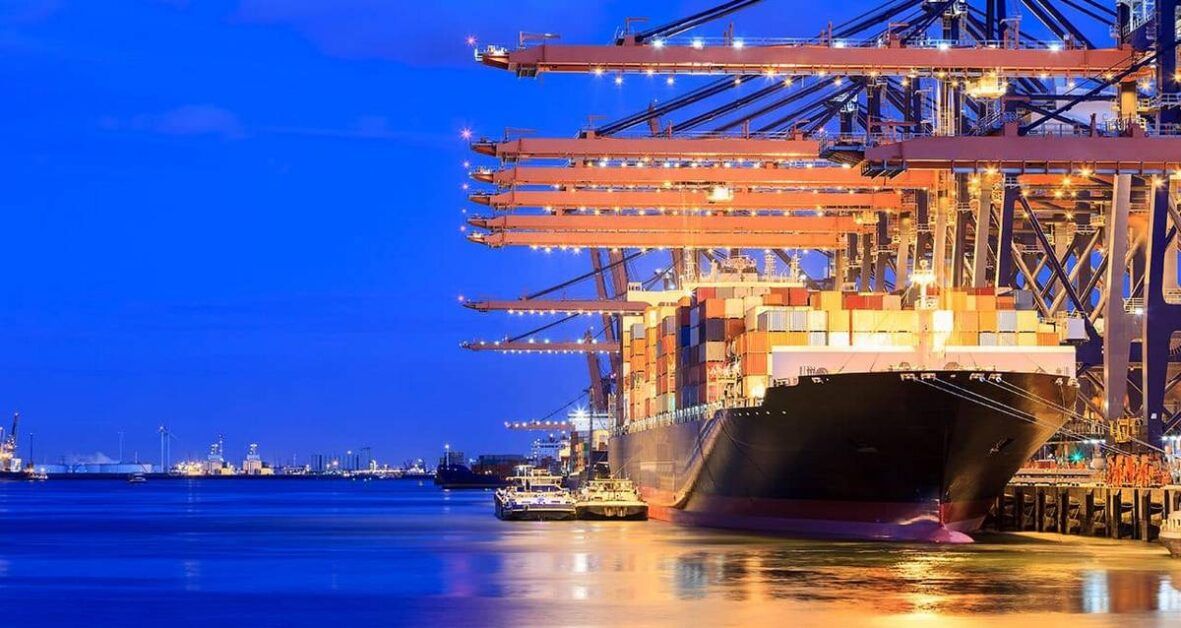Global premier container ports have posted a tepid growth for a second consecutive year in 2023. Combined throughput of global ports in 2023 was 690.3m teu, up 0.8% from 685.2m teu posted in 2022. A major trend that continued from 2022 is that once again it was the Chinese majors and ports in the Middle East where the lead share of growth was concentrated.
Chinese exports continued to uptick with the country’s resurgent economy during the early period of 2023. In the Middle East, most of the countries reported volume growth, but it was especially prevalent among the major oil-exporting nations, where a concerted effort to diversify economies continues to provide robust demand for containerised trade.
The end of panic buying during the post pandemic boom and overstocked inventories led to sharp decreases at key gateways on the east, west and Gulf coasts of the US. European ports also finished 2023 worse off than when the year started, with the continent still gripped by inflationary pressures, high interest rates and the economic impact from the war in Ukraine.
Shanghai Port topped the performance in 2023 with volumes nudged up almost 4% to 49.2m teu, primarily driven by river traffic and the additional count of hinterland cargoes. Initial 2024 throughput numbers suggest further increases for the coming year, putting the Chinese mega port on track to possibly become the first port to celebrate annual handling figures of more than 50m teu.
Singapore retained its position as the world’s largest transshipment hub and retained second position in the global count with volumes just 10 million teus below Shanghai. Ningbo-Zhoushan’s impressive near-6% rise in throughput has put it in the top three position. Other ports in the top ten category include the Dubai Port, Hong Kong and Rotterdam.







